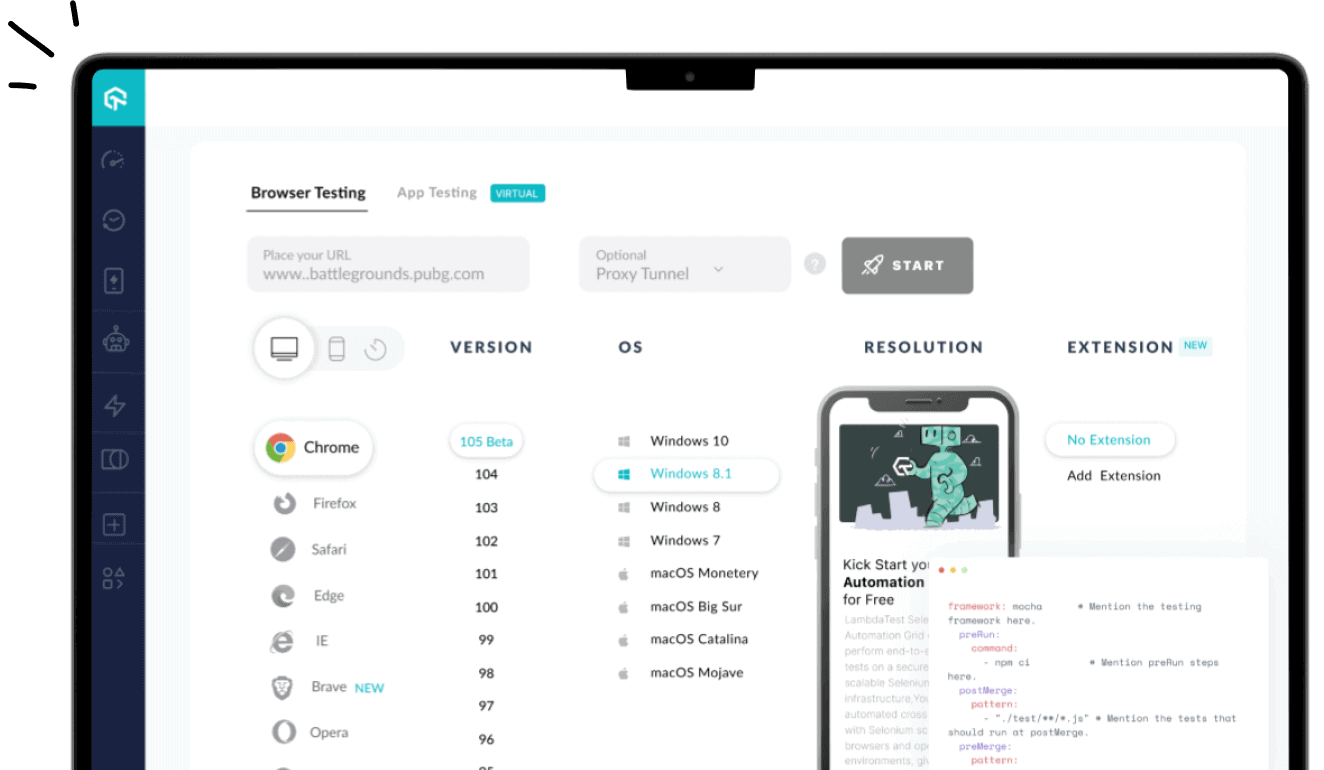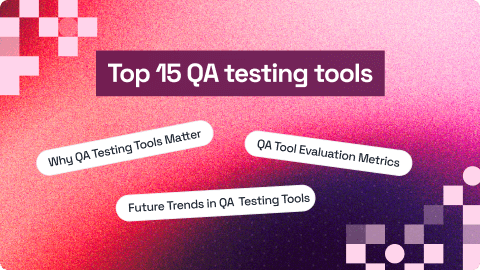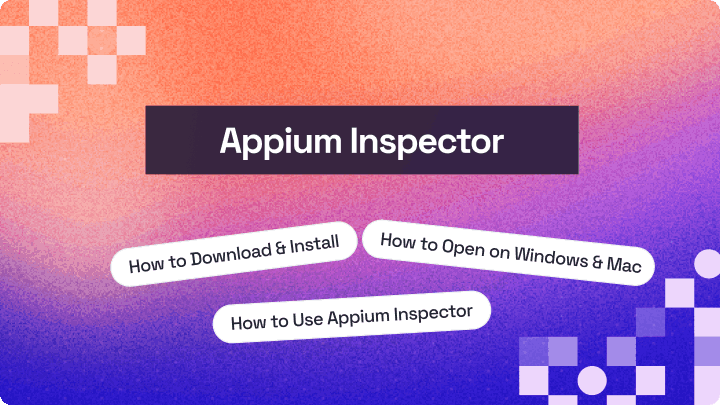Pytest Tutorial: Executing Multiple Test Cases From Single File
Himanshu Sheth
Posted On: May 11, 2020
17 Min
As web applications grow in complexity, managing large Selenium test suites can become challenging. This pytest tutorial for executing multiple test cases from a single file explains how you can efficiently organize and run specific tests without executing the entire suite. Using pytest’s features like custom markers and substring filters, you can easily control which tests to execute, improving test focus and execution time.
In this part of the Selenium Python tutorial series, I’ll take a look at the following areas related to automated browser testing with pytest framework.
Note: This should not be confused with parallel testing, a topic that would be covered later in the Python tutorial series.
Chapters
- What Is pytest
- Selenium With pytest
- Executing Multiple pytest Test Cases
- Generating pytest Reports
- Generating XML Reports
- Generating pytest Code Coverage Reports
- Debugging Failures
- Parallel Testing
- Using Fixtures
- Performing Parameterization
- pytest BDD
- Handling Timeouts
- Using pytest Asyncio
- Using pytest Skip Test and XFail
- Django Testing
- pytest API Testing
Overview
What Is pytest?
pytest is a powerful Python testing framework designed for simplicity, scalability, and readability. It supports fixtures, parameterization, and plugins, making it ideal for organizing, running, and managing automated test cases efficiently, from small units to large-scale Selenium test suites.
What Are the Steps to Run Multiple Test Cases From a Single File?
You can execute multiple test cases from a single file in pytest by defining functions that start with test_ and ensuring the file name follows pytest’s naming conventions. The framework automatically detects and runs all valid test functions in that file.
- Define Tests Clearly: Write multiple test functions within the same file using the test_ prefix for pytest detection.
- Organize File Naming: Save the test file with a name that starts or ends with _test to ensure pytest recognizes it.
- Navigate to Directory: Open your terminal and move to the folder containing the test file.
- Run the File: Execute all tests in the file using pytest test_file_name.py.
- View Detailed Output: Add –verbose to the command to display each test’s execution status.
- Filter Specific Tests: Use the -k option followed by a substring to run specific tests from the same file.
- Review Results: Analyze the test summary in the terminal to confirm which tests passed, failed, or were skipped.
What Are the Steps to Run Multiple Tests From Single & Multiple Files?
pytest lets you execute tests from a single or multiple files effortlessly. You can trigger all test cases across folders or choose specific ones using simple terminal commands.
- Test File Organization: Place all your test files under a common root directory to simplify execution and test discovery.
- Run All Tests: Execute every test recursively across folders using pytest –verbose –capture=no for detailed results.
- Execute Specific File: Run tests from a single file using pytest path/to/test_file.py when targeting specific modules.
- Selective Test Execution: Use markers (-m marker_name) or substring filters (-k substring) to run only specific tests.
- Marker Registration: Register all custom markers in the pytest.ini file to prevent warning messages during execution.
- Review Test Output: Analyze the terminal output or generated reports to verify execution status and test outcomes.
What Is the Purpose of pytest Markers?
Markers categorize and organize tests based on their functionality or priority. For instance, you can assign a marker like @pytest.mark.smoke for quick validation tests or @pytest.mark.regression for broader checks. Later, you can execute only specific categories by referring to their marker name. This structured approach improves test management in complex automation projects.
How to Create A pytest Project To Run Multiple Test Cases From A Single File?
First thing first, while naming your test files in the Python pytest framework, you need to make sure that the file names start or end with _test. Even the test methods should start with test else those test methods would be ignored while execution of the Selenium test automation script.
In case you want to learn more about how to get started with pytest, you can refer to our previous Selenium Python tutorial.
To start with the demonstration for this Selenium Python tutorial, I’ll create a simple folder structure that contains two subfolders (Test_1, Test_2) each containing a single Python pytest file (test_cross_browser_1.py, test_cross_browser_2.py).
Shown below is the detailed directory structure to run multiple test cases in python with pytest:
Root Folder (Test)

Sub-folders containing tests


The test implementation in both the test files for this Selenium Python tutorial is almost the same, except the method name and additional markers that have been before the start of each test method. We would touch upon pytest markers in subsequent sections. The test cases for Selenium test automation are below:
Test Case 1
- Navigate to the URL https://lambdatest.github.io/sample-todo-app/
- Select the first two checkboxes
- Send ‘Happy Testing at LambdaTest’ to the textbox with id = sampletodotext
- Click the Add Button and verify whether the text has been added or not
Test Case 2
- Navigate to the URL https://www.google.com
- Search for “LambdaTest”
- Click on the first test result
- Raise an Assert if the Page Title does not match the expected title
Implementation
Test Case 1:
Test Case 2:
Code Walkthrough
Step 1 – To get started, we import all the required Python packages.
Step 2 – A proper test name is given to the method depending on whether it is present in the test_cross_browser_1.py or test_cross_browser_2.py. Below are the test methods for test_cross_browser_1.py and test_cross_browser_2.py for this Selenium Python tutorial respectively.
Step 3 – The actual test implementation is added to the respective methods. We would not divulge into minute details of the test implementation as this Selenium Python tutorial focuses on the execution aspects.
For both the Selenium test automation scripts, an instance of Chrome WebDriver is instantiated at the start. Details of the respective web elements are obtained using the Inspect feature available in the Chrome browser.
Once the web elements are located, the appropriate Selenium methods [find_element_by_name(), find_element_by_id()] and necessary operations [i.e. click(), submit(), send_keys(), etc.] are performed on those elements.
Step 4 – The Chrome WebDriver instance is closed after every Selenium test automation case so that the resources used during the testing phase are released.
|
1 |
chrome_driver.close() |
This PyTest Tutorial for beginners and professionals will help you learn how to use PyTest framework with Selenium and Python for performing Selenium automation testing.
How To Run Multiple Test Cases From Single & Multiple Files with Python in pytest?
To execute the test implementation from all the files in the folder & sub-folders, we first switch to the root folder (i.e. Test), post which we simply execute the following command on the terminal:
|
1 |
pytest --verbose --capture=no |
This command will navigate to every subfolder and execute tests in the files that start with test_ or end with _test. In the Selenium test automation scenario mentioned above, the command will execute totally of four tests collectively located in test_cross_browser_1.py and test_cross_browser_2.py
Here is the execution snapshot where we can see that all the four tests have executed and passed.
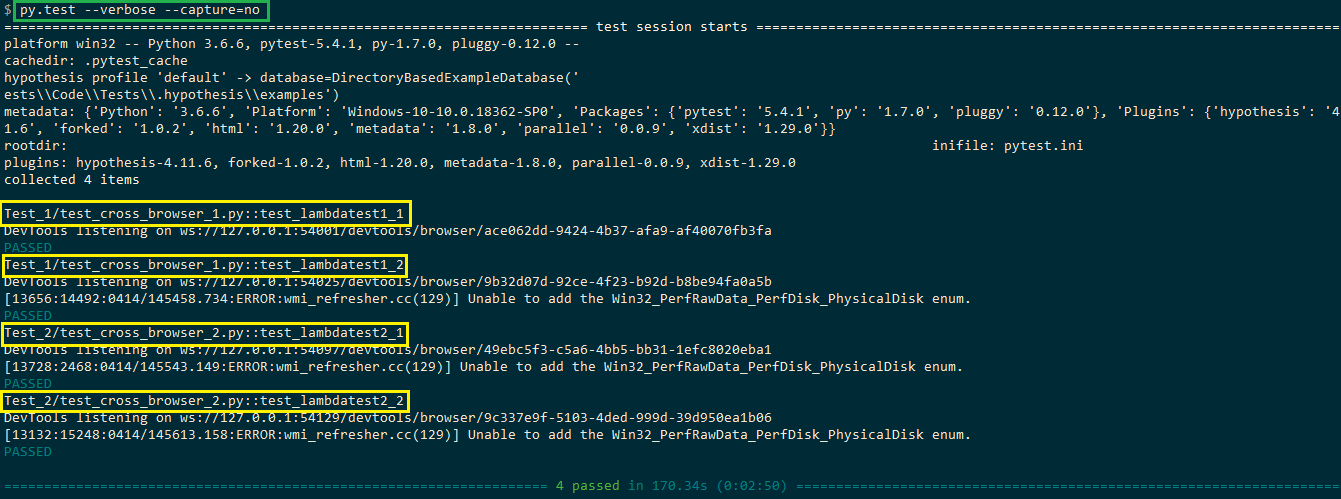
To execute the tests located in a particular file (e.g Test_1\ test_cross_browser_1.py), the command py.test
You can refer to LambdaTest documentation, to run pytest scripts using the LambdaTest platform. In case you want to explore other Python frameworks for Selenium, you can check out our blog on top python testing frameworks for Selenium test automation in 2020.
You can watch this video to learn how to run multiple tests in pytest.
Running Subset Of A Particular Test With Python In pytest
While performing Selenium test automation with pytest, you might come across cases where you do not want to execute all the tests present in the test folder i.e. only a subset of tests needs to be executed. The feature is particularly useful when the test file contains a number of tests and only a few tests have to be executed.
There are two ways in which a subset of tests can be executed in pytest.
Using Custom Markers In Python pytest
In pytest, pytest.mark helper is used to set metadata on the test functions. Some of the in-built markers in pytest are skip, xfail, skipif, and parameterize. Apart from these built-in markers, pytest also enables creation of custom markers that can be applied to test classes or modules.
Custom markers can be added to the test names using:
|
1 |
@pytest.mark.<marker_name> |
In the current example, we define four markers on the test methods and the same markers have to be registered in the pytest.ini which is present in the root (i.e. Test) directory.
Custom markers have to be registered in the pytest.ini file. If the registration is not done, the error (You can register custom marks to avoid this warning – for details, see (https://docs.pytest.org/en/latest/mark.html) is displayed and execution does not go through.

To avoid the above error, custom markers have to be registered in pytest.ini which should be present in the folder from where you plan to perform the execution i.e. Test folder in our case. More details about Custom markers in pytest are available in the official documentation of pytest.
Below are the contents of pytest.ini where markers are added under the markers field. Everything after the colon (:) is an optional description.
Custom markers can also be used by plugins. These markers are also used to selectively choose tests for execution via the command-line option –m (along with py.test command).
|
1 |
py.test -m <marker_name> |
For executing the methods defined under the custom markers lambdatest1_1 and lambdatest2_2, the following commands are executed on the terminal (in different terminals as tests are executed serially).
|
1 2 |
py.test -v -m lambdatest1_1 py.test -v -m lambdatest2_2 |
Shown below is the snapshot of the Selenium test automation script execution.

Grouping Tests By Complete Or Partial Matching Of Substring Expression With Python in pytest
pytest enables selective execution of test methods by executing tests via matching substring expression. An expression is a Python evaluable expression where all names are substring matched against test names and parent classes.
The string to be matched (i.e. substring) is passed via the -k option available with the py.test command.
|
1 |
py.test -v -k <test_method> |
The -k ‘not test_method’ matches those test methods that do not contain test_method in their names.
|
1 |
py.test -v -k not <test_method> |
Shown below in this Selenium Python tutorial is the detailed description available with the py.test –help command.

To execute test methods, to run multiple test cases in python with pytest, that contains LambdaTest in the method-name, we execute the following command on the terminal.
|
1 |
py.test -k lambdatest --verbose |
Test methods test_lambdatest1_1(), test_lambdatest1_2(), test_lambdatest2_1(), and test_lambdatest2_2() present in Test_1\ test_cross_browser_1.py and Test_2\ test_cross_browser_2.py contain the required substring. Hence, all the four test methods run multiple test cases in python with pytest in a serial manner. Shown below is the execution snapshot:
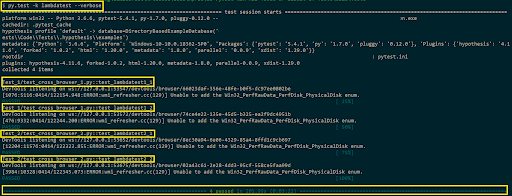
Also Read: Selenium Python Tutorial: Getting Started With Pytest
This certification is for professionals looking to develop advanced, hands-on expertise in Selenium automation testing with Python and take their career to the next level.
Here’s a short glimpse on how you can group tests in pytest:
Wrapping It Up!
In this article of the ongoing Selenium Python tutorial series, I had a look at different execution scenarios where you can run multiple test cases in python with pytest from a single file. The py.test command, when executed on a folder, executes the valid test methods present in the folder (and its subfolders).
The Python pytest scripts were used to perform Selenium test automation on LambdaTest ToDoApp and Google search, using the Selenium ChromeDriver. Selective execution of test methods in python pytest can be achieved by substring matching and using custom markers. Custom markers have to be registered in pytest.ini else the markers would not be recognized during execution.
This brings an end to this Selenium Python tutorial! Do share this article with your peers who’d like to know how to run multiple test cases in python with pytest. A retweet is always welcome! That’s all folks. Happy Testing!!!?
Frequently Asked Questions (FAQs)
How does pytest handle multiple test cases within a single file?
Pytest automatically detects and executes all functions whose names begin with test_ in a Python file. Each test function runs independently, ensuring that a failure in one test does not affect the others.
Why is it important to follow the pytest naming convention?
Pytest uses specific naming rules to identify which functions should be executed as tests. Files must start or end with _test, and each test method must begin with test_. These conventions help pytest automatically collect tests without additional configuration.
How can you run all tests from multiple files at once using pytest?
You can execute all tests from every file and subdirectory by running pytest –verbose –capture=no from the project’s root folder. This command recursively scans all folders and runs every valid test, displaying detailed output in the terminal.
Can pytest execute only a few selected tests instead of the entire suite?
Yes. Pytest allows selective execution using custom markers (-m marker_name) or substring filters (-k substring). This feature is helpful during debugging or when you need to validate specific features without executing the entire test suite.
What is the purpose of pytest markers?
Markers categorize and organize tests based on their functionality or priority. For instance, you can assign a marker like @pytest.mark.smoke for quick validation tests or @pytest.mark.regression for broader checks.
Why should custom markers be registered in pytest.ini?
When you create your own markers, pytest needs to know about them to avoid warnings and errors. Registering custom markers in the pytest.ini configuration file ensures pytest recognizes them during test discovery.
How does pytest simplify Selenium test execution?
Pytest simplifies Selenium automation through its fixture-based structure, which handles setup and teardown automatically. It allows efficient reuse of WebDriver and integrates seamlessly with parallel testing tools.
What’s the difference between the Quit and Close commands in Selenium tests?
In Selenium, Close() only closes the currently active browser window, while Quit() shuts down the entire browser session along with all its windows, ensuring proper resource cleanup.
Can pytest group tests using naming patterns?
Yes. With the -k flag, pytest can run tests based on partial or full matches of their names. For example, running pytest -k “login” will execute all test cases that contain the word “login” in their names.
What are the main benefits of using pytest for Selenium automation?
Pytest provides flexibility, simplicity, and power in managing browser automation. It supports fixtures, parallel execution, and easy integration with CI/CD pipelines, making it ideal for scaling web automation across browsers.
Author

